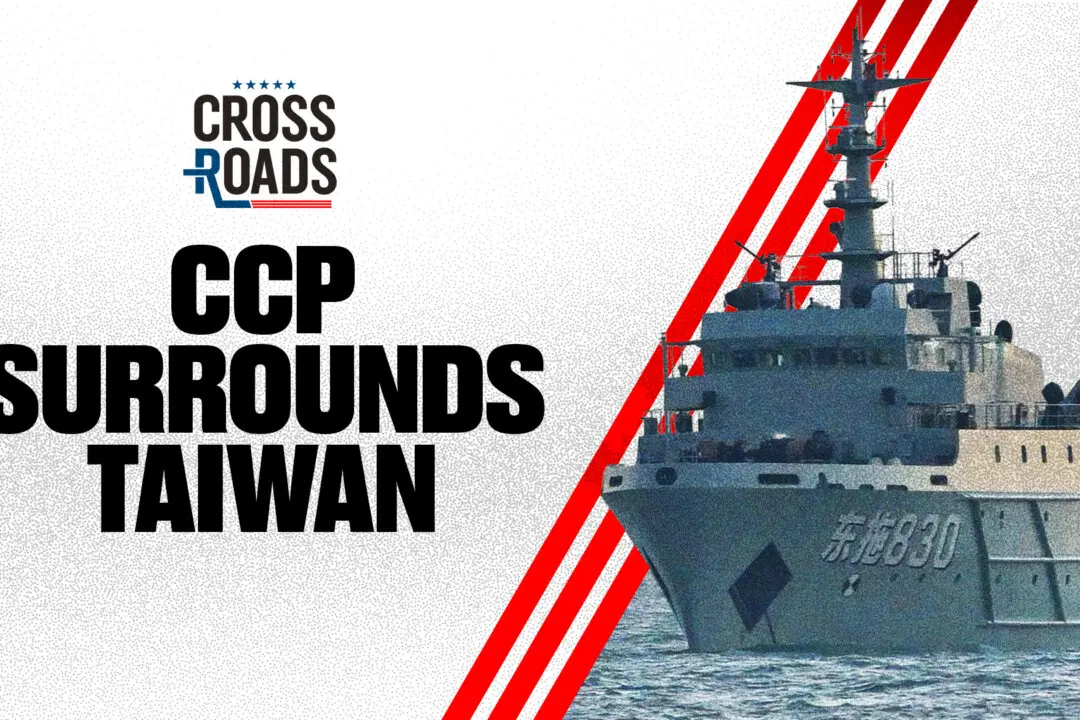Piracy was in decline for nearly two centuries, with its ranks nearly wiped out by the mid-1800s. Amid piracy’s resurgence beginning at the dawn of the 20th century, however, global politics may prevent anti-piracy efforts from achieving what was accomplished nearly two centuries ago.
Part of the problem is, “The economics and politics of global counter-piracy are getting intertwined with regional variations” that differ from one body of water to the next. This is among the main points in an upcoming report, which could offer a starting point to end modern day maritime piracy.
At the moment, the world’s nations are trying to fight piracy using similar methods employed in the 1700s—methods that may have been rendered ineffective by globalization.
The solution, however, may rest in the Bay of Bengal, a body of water shared by India, Bangladesh, and Sri Lanka. Piracy in the region is not treated “as a threat to their maritime security, or as a danger to the destruction of the global supply chain,” said Swadesh Rana, project adviser at One Earth Future (OEF), an NGO. “They see it more as a nuisance—robbery at sea.”
Rana spent more than a month meeting with maritime security officials in countries along the Bay of Bengal, researching what will be a groundbreaking study on the causes and solutions to piracy. Although her report has not yet been officially released, she shared some of her findings with The Epoch Times over the phone. The study is part of Oceans Beyond Piracy, the OEF’s flagship project.
“I wasn’t prepared for what I saw, ”Rana said. “If there is one body of water in the world today that really holds the promise of becoming an ocean beyond piracy, it’s the Bay of Bengal.”
The Golden Age of Piracy
Modern day piracy and counter-piracy measures are best understood by looking back at the Golden Age of Piracy, which lasted roughly from 1690 to 1725.
It was a time plagued by men whose names live in infamy—Blackbeard, Henry Morgan, Captain Kidd, and others; a time when pirate lords ruled the waters from strongholds in the Caribbean, Madagascar, and the coast of West Africa.
The cause of men turning to lives of piracy, detailed in accounts left to history, is not far from the reasons given by today’s pirates. Two such historical accounts were cited in the book, “Between the Devil and the Deep Blue Sea,” by Marcus Rediker.
Prior to his execution for piracy in 1724, Edward Teach blamed poor treatment aboard ships as his reason, uttering the famous line “I could wish that Masters of Vessels would not use their Men with so much Severity, as many of them do, which exposes us to great Temptations.”
William Fly made a similar statement prior to his hanging in 1726, announcing angrily “I can’t charge myself—I shan’t own myself Guilty of any Murder—Our Captain and his Mate used us Barbarously. We poor Men can’t have Justice done us. There is nothing said to our Commanders, let them never so much abuse us, and use us like Dogs.”
For today’s pirates, abuse and poor living conditions are key arguments for their actions—marginalized fishermen pushed into lives of crime. Pirates in Somalia have cited global abuse of their fishing industry as a cause for their actions. Similar explanations exist among fishermen-turned-pirates in the Bay of Bengal.
According to Rana, fishermen in the Bay of Bengal indeed live under difficult conditions. Their boats are typically small, 3 feet by 5 feet, and 80 percent of them do not even own the boats they use. If they are unable to pay rent for the boats, they are left without means to feed themselves or their families.
A Solution to Piracy
Piracy came to a brutal end in the 1800s, with crushing blows dealt by global navies that launched wars against them.
In Asia, pirates faced the Japanese navy under the Tokugawa Shogunate and the Chinese navy with the massive ships of the Qing Dynasty. Elsewhere, they faced the navies of other nations, including Great Britain.
Today’s solution to piracy is not much different, with the world’s navies corralling around the Gulf of Aden.
There are several gaps in the current approach, however. For example, it is ineffective in parts of the world unreachable by large ships, or complicated by geopolitics—particularly in Indonesia and the Bay of Bengal.
The approach is also only able stop piracy AFTER it has happened.
Rana shared her hope that her upcoming study could help “move the piracy debate from risk management to risk mitigation,” and stop the problem at its root by aiming to “reduce the number of pirates themselves.”
A solution, she notes, “must differ not only from coast to coast, but from harbor to harbor, and from port to port.”
Rana noted the Bay of Bengal could act as a pilot program to move from risk management—fighting, arresting, and prosecuting pirates—to risk mitigation, which could prevent individuals from turning to piracy in the first place.
“As compared to the Gulf of Aden, the Horn of Africa, the Straits of Malacca, and more recently, the west coast of the Indian peninsula, the current risk of maritime piracy in the Bay of Bengal is less significant, more manageable, and quite mitigable if placed in a situation specific context,” states the unpublished draft of the report.
An answer to the problem, according to Rana, could rest in the fishermen, themselves. “A critical point of departure would be to recognize the fishing community as a huge stakeholder in countering piracy in the Bay of Bengal,” states the report.
Once the first report is published, Rana plans to do a follow-up study on the fishermen in the region, some of whom represent both the problem and solution to piracy in the region.
A large part of current anti-piracy efforts in the Bay of Bengal includes the active engagement of coastal communities, but as Rana states in the report, the potential of these communities to counter-piracy “remains far from fully utilized.”
This “represents a nonmilitary approach” to managing piracy, while also generating employment, according to the report.
It adds, “As stakeholders in counter-piracy, the fishers of the bay may be readier to safeguard their personal and vocational safety in waters closer to home.”







